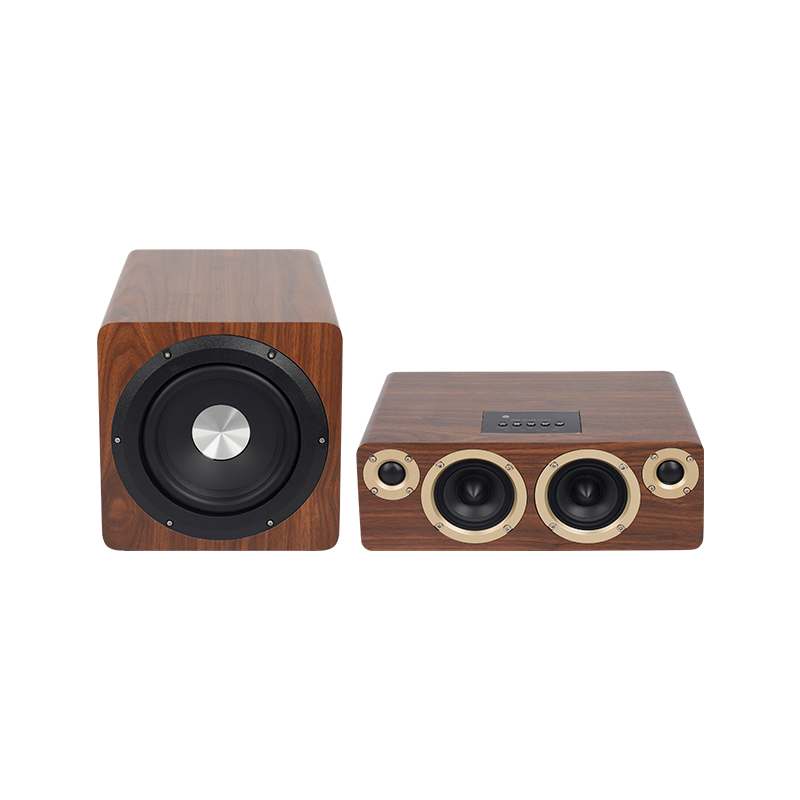In the table, the stadium does not need to invest a lot of money to ensure accurate audiovisual positioning, as long as the basic sound requirements are good speech intelligibility and even sound coverage. In the decentralized sound reinforcement method, the sound comes from two or more directions, and the time difference is large. It is necessary to control the sound interference in adjacent areas, so that the speaker system covers a reasonable area without affecting the clarity of the sound. Speakers should not be placed opposite each other to avoid a comb effect. Directivity requirements of speakers; high appearance, high sensitivity, and strong sound transmission ability.

Sound engineering design scheme of sports venues
The basic structure of the stadium is open, semi-open and closed. Under normal circumstances, there is no multi-purpose hall under the seats, which is called a stadium. Sports venues can be divided into multi-purpose sports venues and dedicated sports venues. Most of the existing sports venues in my country are multi-functional gymnasiums, which are suitable for various sports competitions and ordinary theater performances.
The special stadium for sound engineering is designed and constructed according to the characteristics of specific sports, and is only suitable for specific sports events, such as football fields, tennis courts, etc.
Stadium Acoustic Environment Requirements
(1) Special architectural acoustic design, stadium acoustic design and noise control design.
(2) The auditorium has sufficient sound level to meet the necessary functions and requirements of the stadium.
(3) Reduce off-site sound interference.
(4) Sound reinforcement equipment should be safe in structure, easy to operate, easy to maintain, resistant to wind and rain, and reliable in performance.
(5) The sound reinforcement control room should be equipped with an observation window, and the tuner should be able to see the podium, referee bench, competition venue and audience well when working.